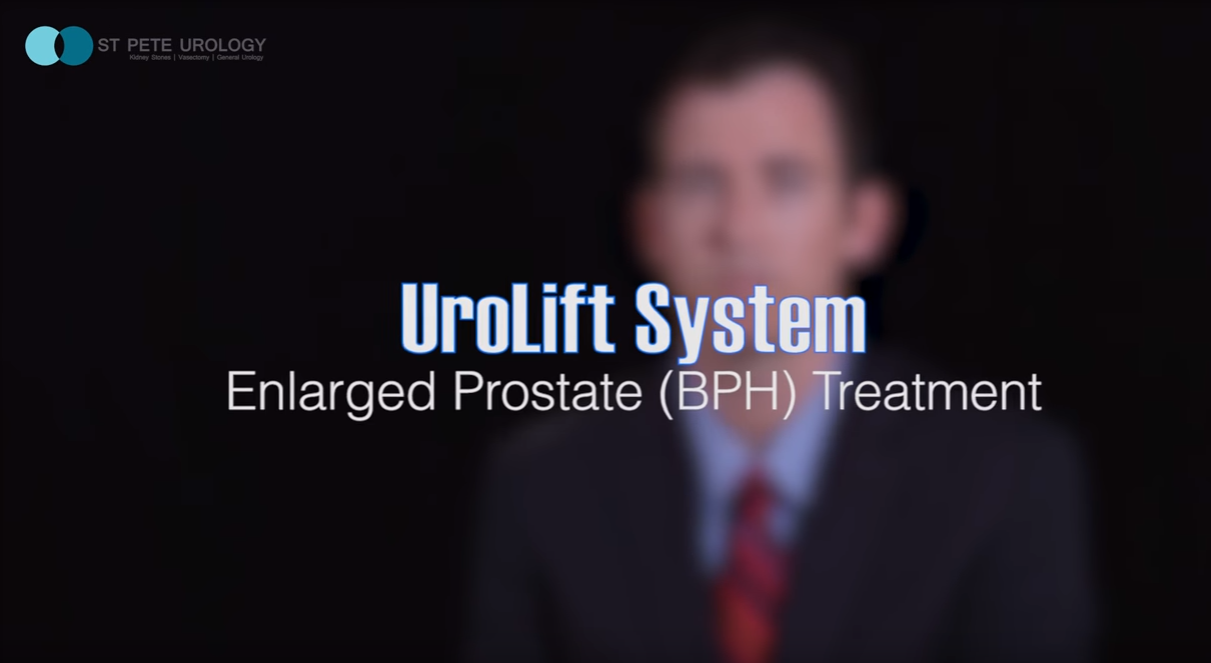Prostate enlargement (Benign Prostatic Hyperplasia) is a medical condition characterized by increase in the size of the prostate gland without becoming cancerous. So the prostate grows bigger but the cells do not become cancerous. The prostate is an essential organ in the male reproductive system, secreting the prostate fluid that forms part of semen. In childhood, the prostate is a small, walnut-sized gland and maintains this size up to puberty. During early puberty, the prostate undergoes the first phase of growth which doubles its size. Later on, at about age 25, the prostate starts to undergo a second phase of growth which continues for the rest of a man’s life. It is during this second phase of growth that benign prostatic enlargement (BPH) occurs.
How prostate size varies with age
By the age of 20, average males have a walnut-sized prostate and very few prostate-related health concerns. However, around 40, many men begin to experience issues related to prostate enlargement. By the age of 50, around 50 percent of all men have health concerns related to BPH. And at 60 and beyond, the prostate continues to grow and press against the urethra, reducing the size of the urethra and obstructing the flow of urine. Men in their 60s may experience mild inconvenience or serious lifestyle disruptions such as lack of sleep due to difficult or frequent nighttime urination as pressure is applied on the bladder and urethra by the inflamed prostate. By the age of 80, around 80 percent of men experience symptoms of prostate enlargement. In fact, the symptoms are so common beyond the age of 80 that almost all men will experience them if they live long enough.
Symptoms of prostate enlargement
As the prostate increases in size, it presses against the urethra and causes the size of the urethra to reduce. The narrowing of the urethra causes the bladder to thicken, weaken and lose the ability to empty fully, resulting in urinary retention. The urinary retention in the bladder and the tightening of the urethra causes several urinary tract problems, such as:
- Difficulty in starting a urine stream.
- Difficulty emptying the bladder.
- Urinary urgency, being unable to delay urination.
- Urinary frequency, passing urine eight or more times per day.
- Nocturia, passing urine during periods of night sleep.
- Interrupted or weak urine stream.
- Dribbling after passing urine.
- Pain during urination or after ejaculation.
- Urinary incontinence, accidental loss of urine.
- Unusual smell or color of urine.
Treatment of prostate enlargement
The right treatment for benign prostate enlargement varies from patient to patient depending on the severity of the symptoms, the extent to which the symptoms affect a man’s life, presence of other medical conditions and the patient’s preferences. A man may not need treatment for a mild prostate enlargement unless he has bothersome symptoms that are affecting the quality of his life. However, in cases where no treatment is administered, regular checkups are recommended.
If the benign prostatic hyperplasia is causing severe, bothersome symptoms or presents a serious health risk, then the urologist would recommend treatment, such as medications (using alpha blockers, 5-alpha reductase inhibitors, phosphodiesterase-5 inhibitors or combination medications), minimally-invasive procedures (like transurethral needle ablation, transurethral microwave thermotherapy, high-intensity focused ultrasound, transurethral electro-vaporization, water-induced thermotherapy or prostatic stent insertion) and surgery (transurethral resection, laser surgery, transurethral incision or prostatectomy) for long-term treatment.
Are you a man age 40 or older who is worried about your risk of prostate enlargement? Would you like a session with some of the best, world-renowned urologists to help you find relief from your prostate enlargement symptoms? At St Pete Urology, we have tailored our urology services to meet the diverse needs of our patients. We have assembled a great team of urologists, nurses and technologists to help us deliver prompt, safe and effective treatment of urological disorders. We use the latest technology and techniques to guarantee utmost convenience, safety, comfort and efficacy of all our procedures. Visit us today for help with your BPH symptoms. For more information on the diagnosis, treatment and care for prostate enlargement, visit the “St Pete Urology” site.



 When using a prescription for managing enlarged prostate, you will take the pills every day for life, have regular medical checkups, and use special bathroom techniques such as relaxation and double voiding. The medicines will reduce the risk of urinary retention, relieve symptoms and minimize risks of future surgery. However, prescriptions are often expensive and come with certain side effects such as trouble getting an erection, diminished sex drive, tiredness, dizziness, and stuffy nose.
When using a prescription for managing enlarged prostate, you will take the pills every day for life, have regular medical checkups, and use special bathroom techniques such as relaxation and double voiding. The medicines will reduce the risk of urinary retention, relieve symptoms and minimize risks of future surgery. However, prescriptions are often expensive and come with certain side effects such as trouble getting an erection, diminished sex drive, tiredness, dizziness, and stuffy nose.